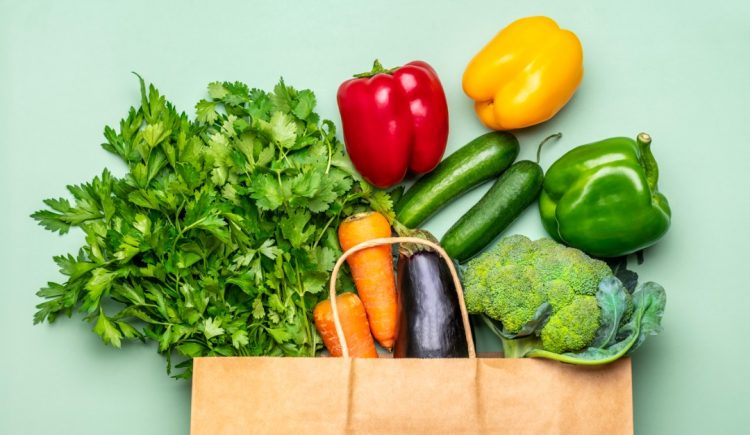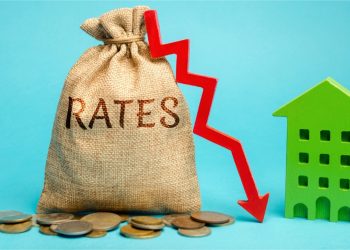Consumer prices continued to rise 8.5% in March compared with a year ago—the largest annual increase since December 1981. Much of the surge is due to spiking energy prices because of Russia’s war in Ukraine, but as shoppers can attest, record high prices are also being recorded at the grocery store. It can be tempting to try to stay within your food budget by resorting to meals featuring too many high carb, low-cost pastas, breads and potatoes. Instead, consider these ideas to make your dollars go further while still eating a more balanced diet.
- Plan Ahead – Creating a menu for the week ahead will keep you on target to buy only what you need and to plan double-duty options, like using half a cabbage for a vegetable soup and the other half for coleslaw on another night.
- Shop the Farmer’s Market – Get to know the vendors and help yourself to produce that’s often cleaner and lower-priced than you’ll find at the supermarket.
- Skip Prepared Food – Avoid prepared salads and salad ‘kits.’ Wash and clean your own greens, stow them in the fridge, then add last night’s leftover protein or a combination of nuts, beans, cheese or canned tuna when packing lunches or even for the next night’s dinner, possibly augmented with a hearty, homemade soup.
- Buy in Bulk and Buy Generic – You’ll spend less overall when you buy larger sized boxes of cereal, tubs of yogurt or cottage cheese, and other foods, so long as you plan to use them before expiration dates. You may notice little or no difference in quality when you buy generic instead of brand name foods.
- Choose Tap Water – Sodas, juices and bottled water are expensive. When possible, add some lemon, mint or cucumber to tap water and enjoy the free and healthy beverage. Drinking more water is good for you, so stow it in a reusable container with ice and take it with you.








